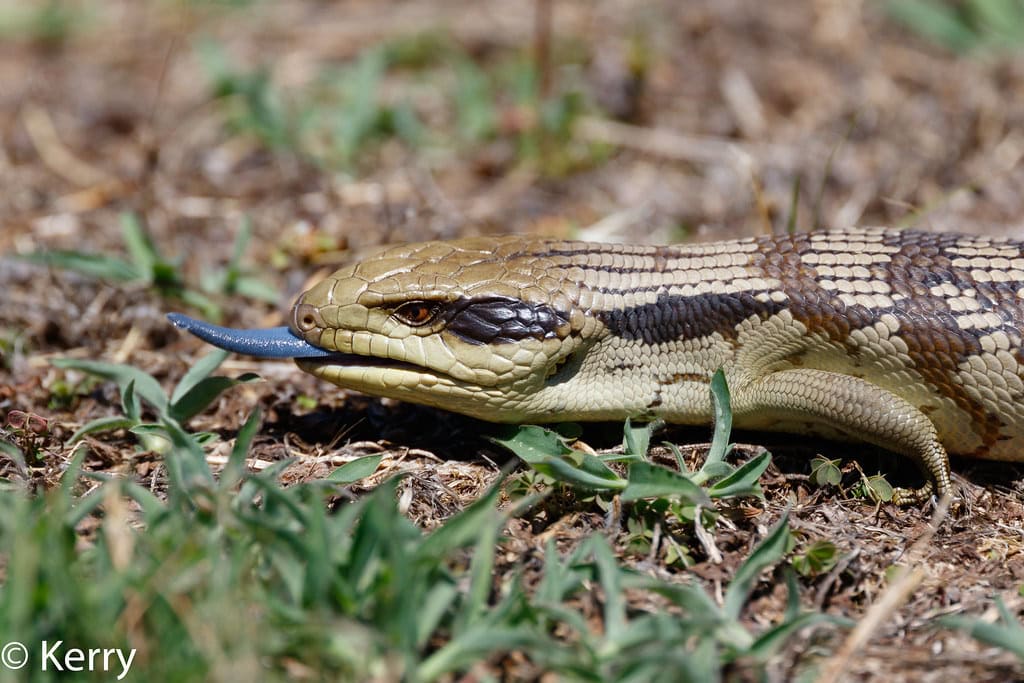In the diverse world of reptiles, few creatures capture the imagination quite like the blue-tongued skink. As its name suggests, this remarkable lizard possesses a vibrant blue tongue that stands in stark contrast to its otherwise earthy-toned body. This distinctive feature is not merely for show—it serves vital functions in the animal’s survival and has helped make these reptiles both popular pets and subjects of scientific fascination. Native to Australia, Indonesia, and Papua New Guinea, blue-tongued skinks belong to the genus Tiliqua and have developed unique adaptations that allow them to thrive in various habitats from coastal areas to dry woodlands. This article explores the fascinating world of these blue-tongued reptiles, delving into their biology, behavior, and requirements as pets.
The Blue Tongue: Nature’s Warning Signal

The most iconic feature of the blue-tongued skink is, unsurprisingly, its vibrant blue tongue. This striking azure organ serves as a powerful defensive mechanism. When threatened, the skink will open its mouth wide and extend its tongue in a dramatic display that often startles potential predators. The stark contrast between the bright blue tongue and the reptile’s more subdued body coloration creates a surprising visual effect that can momentarily confuse or deter predators, giving the skink precious seconds to escape. Scientific studies suggest that the ultraviolet-reflective properties of the tongue are particularly effective against predators that can see in the UV spectrum, such as birds of prey and certain mammals. This remarkable adaptation demonstrates how natural selection has favored this unusual coloration as a survival strategy rather than as a mere aesthetic quirk.
Species Diversity and Distribution
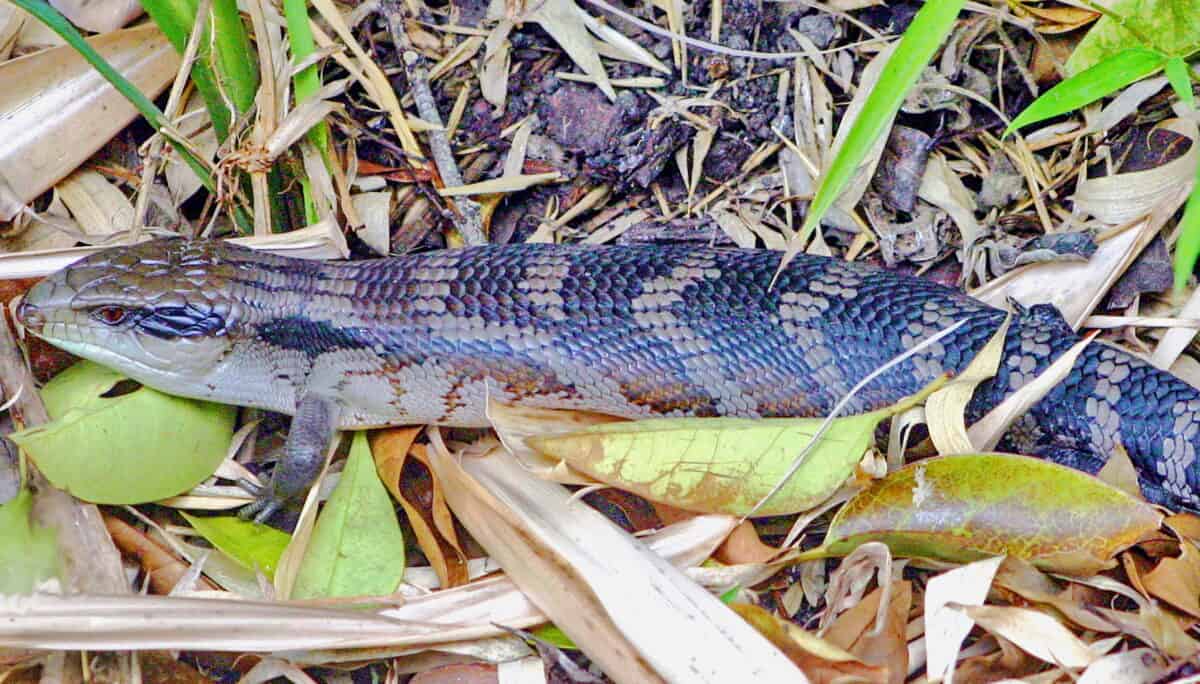
The blue-tongued skink family encompasses several species and subspecies, each adapted to specific regions across Australia, Indonesia, and Papua New Guinea. The most common species include the Eastern Blue-tongued Skink (Tiliqua scincoides scincoides), the Northern Blue-tongued Skink (Tiliqua scincoides intermedia), the Western Blue-tongued Skink (Tiliqua occipitalis), the Centralian Blue-tongued Skink (Tiliqua multifasciata), the Blotched Blue-tongued Skink (Tiliqua nigrolutea), the Shingleback Skink (Tiliqua rugosa), and the Indonesian Blue-tongued Skink (Tiliqua gigas). Each species has developed unique adaptations to thrive in environments ranging from tropical forests to arid deserts. Their wide distribution across various habitats highlights the remarkable adaptability of these reptiles and has contributed to their evolutionary success over millions of years.
Physical Characteristics and Appearance
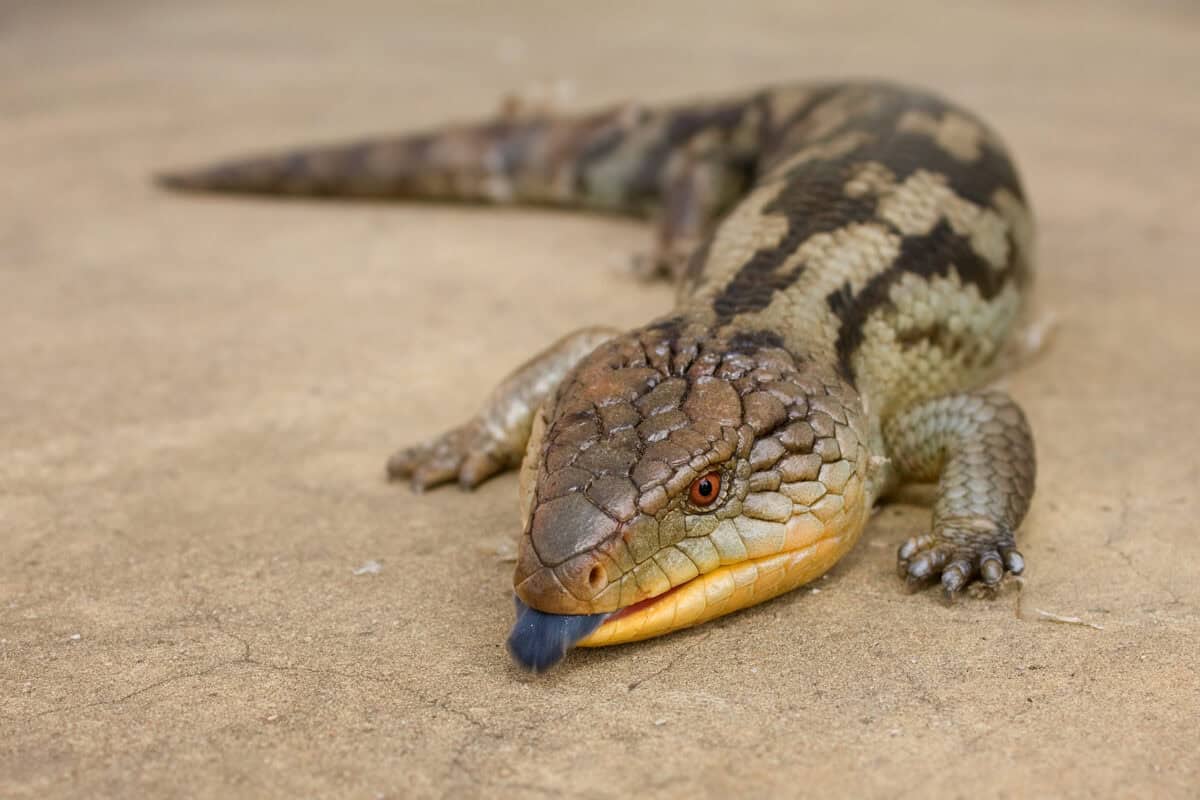
Blue-tongued skinks are medium to large lizards with distinctively robust bodies and short limbs. They typically grow to between 15 and 24 inches (38-60 cm) in length, with females generally being larger than males in most species. Their bodies are covered in smooth, overlapping scales that give them a sleek appearance despite their stocky build. The coloration varies significantly between species but often features patterns of browns, grays, and oranges arranged in bands or blotches across their backs. Their heads are triangular and relatively large compared to their bodies, with small eyes equipped with movable eyelids—an unusual feature among lizards. Perhaps most distinctive is their relatively short tail, which cannot be detached and regrown like those of many other lizard species. This physical profile, combined with their methodical movement pattern, gives these reptiles a unique and endearing appearance that has contributed to their popularity as pets.
Diet and Feeding Habits in the Wild

Blue-tongued skinks are true omnivores with a remarkably diverse diet in their natural habitats. They consume a wide variety of foods including insects, gastropods (snails and slugs), small vertebrates, carrion, fruits, flowers, and vegetation. Their powerful jaws and broad, flat teeth are perfectly adapted for crushing hard-shelled prey like snails, which form a significant portion of their diet in many regions. Unlike many reptiles that rely primarily on speed to capture prey, blue-tongued skinks are methodical hunters that use their excellent sense of smell to locate food. Their feeding strategy typically involves thorough investigation of their surroundings, using their tongues to collect scent particles and transfer them to their Jacobson’s organ—a specialized olfactory system that helps them detect prey hidden in leaf litter or soil. This adaptable diet has contributed significantly to their success across diverse ecosystems and represents one of their most remarkable evolutionary adaptations.
Behavioral Traits and Defense Mechanisms
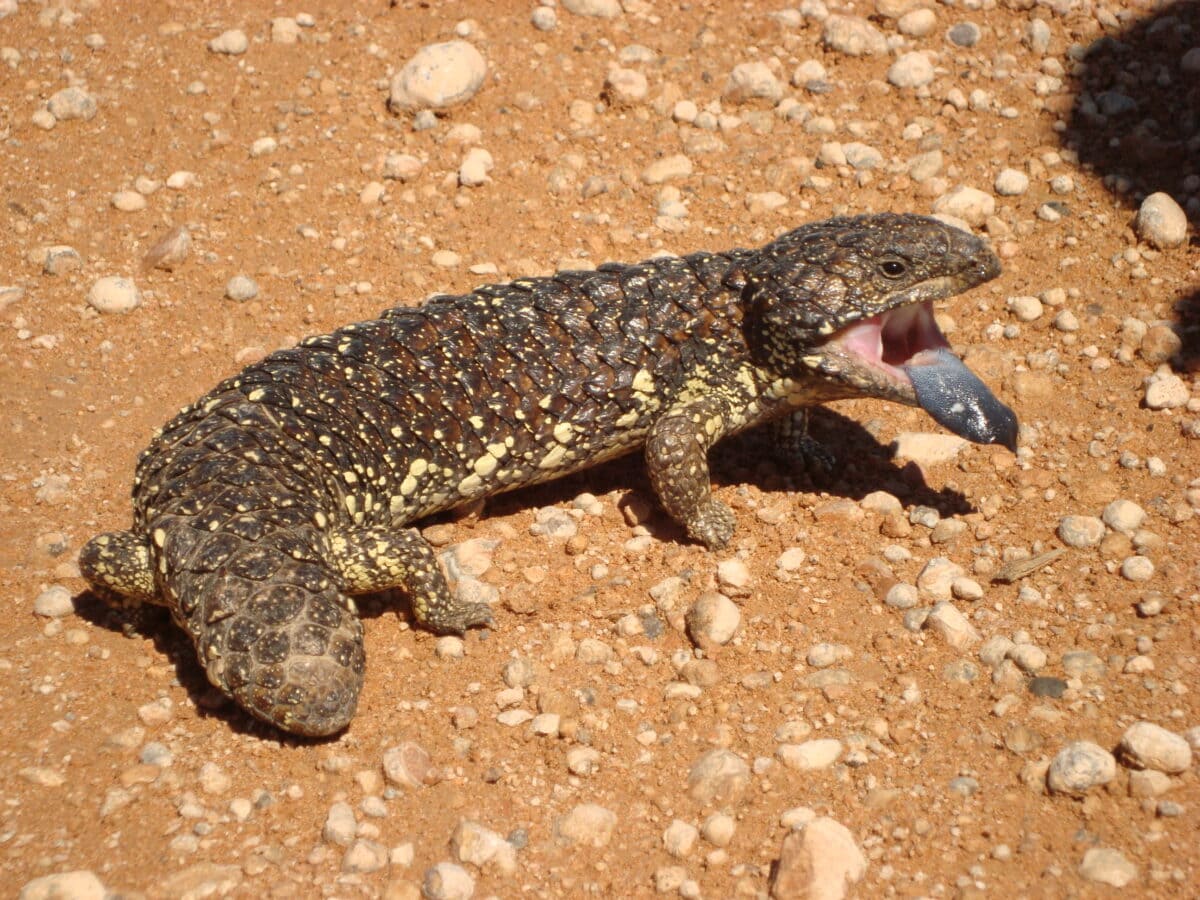
Blue-tongued skinks have developed a fascinating repertoire of behavioral adaptations beyond their namesake tongue display. When threatened, they employ a multi-stage defense strategy: first attempting to flee, then puffing up their bodies to appear larger, hissing loudly, and finally displaying their blue tongues in a dramatic warning posture. If these tactics fail, they may flatten their bodies to make themselves difficult to lift and may even play dead as a last resort. Some species, particularly the Shingleback, are known to perform a threat display by raising their tails, which closely resemble their heads to confuse predators about which end to attack. Despite this impressive defensive arsenal, blue-tongued skinks are generally docile creatures that prefer avoidance to confrontation. They are primarily diurnal (active during daylight hours) and spend much of their time foraging or basking in the sun to regulate their body temperature. Their relatively slow metabolism allows them to survive on fewer meals than many similarly-sized reptiles, an adaptation particularly beneficial in arid environments where food may be scarce.
Reproduction and Life Cycle
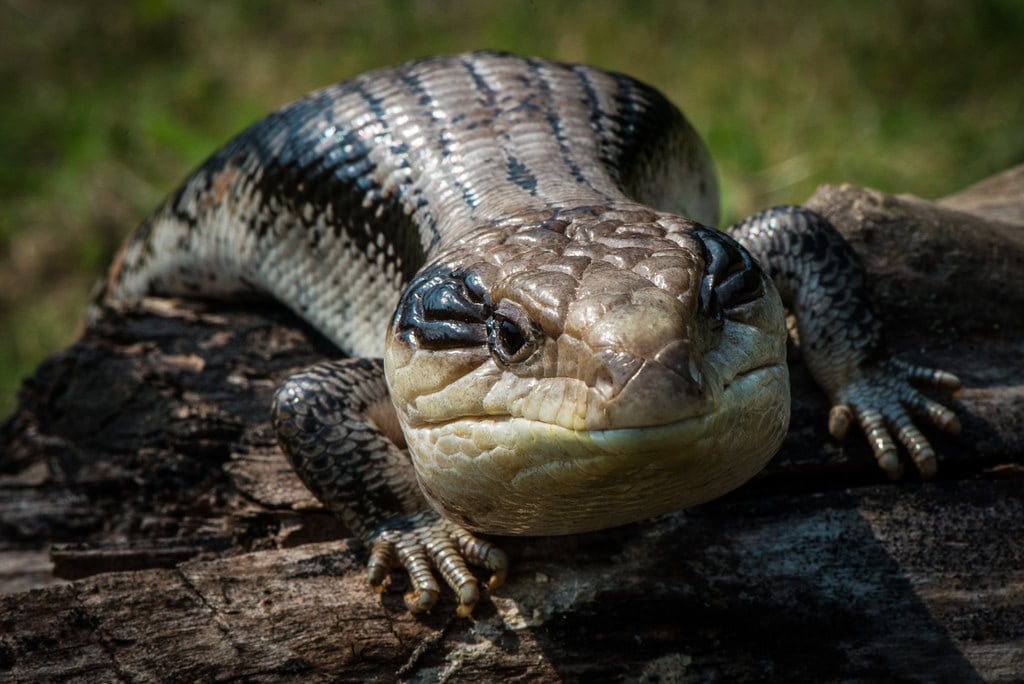
One of the most fascinating aspects of blue-tongued skinks is their reproductive biology. Unlike most reptiles, which lay eggs, nearly all species of blue-tongued skinks are viviparous, meaning they give birth to live young. After mating in spring, females carry developing embryos for approximately 3-5 months depending on the species and environmental conditions. What makes this process remarkable is that the embryos develop within a placenta-like structure that provides nutrients and oxygen—a reproductive strategy more commonly associated with mammals than reptiles. A typical litter consists of 5-15 young (though some species may produce more than 20), each measuring about 4-5 inches (10-13 cm) at birth. The newborns are fully developed miniature versions of their parents, complete with functional blue tongues, and are independent from birth. Young skinks reach sexual maturity between 2-3 years of age, and with proper care, these reptiles can live 15-20 years in captivity, with some documented cases exceeding 30 years. This remarkable longevity, combined with their viviparity, represents one of the most advanced reproductive strategies in the reptile world.
Blue-Tongued Skinks as Pets
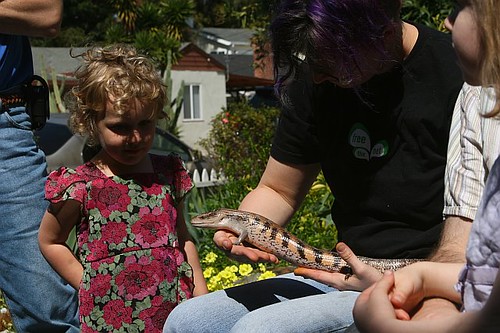
The docile nature, manageable size, and striking appearance of blue-tongued skinks have made them increasingly popular in the pet trade. Unlike many reptiles that remain skittish even after years in captivity, these lizards often become quite tame and may even appear to recognize their caretakers. Their omnivorous diet makes them relatively straightforward to feed, and they don’t require live prey, which some reptile enthusiasts prefer to avoid. As medium-sized lizards, they require less elaborate housing than many larger reptile species, although they still need adequate space to explore and thermoregulate. The most commonly kept species in captivity are the Eastern, Northern, and Indonesian blue-tongued skinks, with the Indonesian varieties typically being slightly larger and often displaying more vibrant coloration. First-time reptile owners are often directed toward these species because of their hardiness, reasonable space requirements, and engaging personalities. However, potential owners should research thoroughly and prepare appropriate habitat conditions before acquiring one of these remarkable reptiles.
Habitat Requirements in Captivity
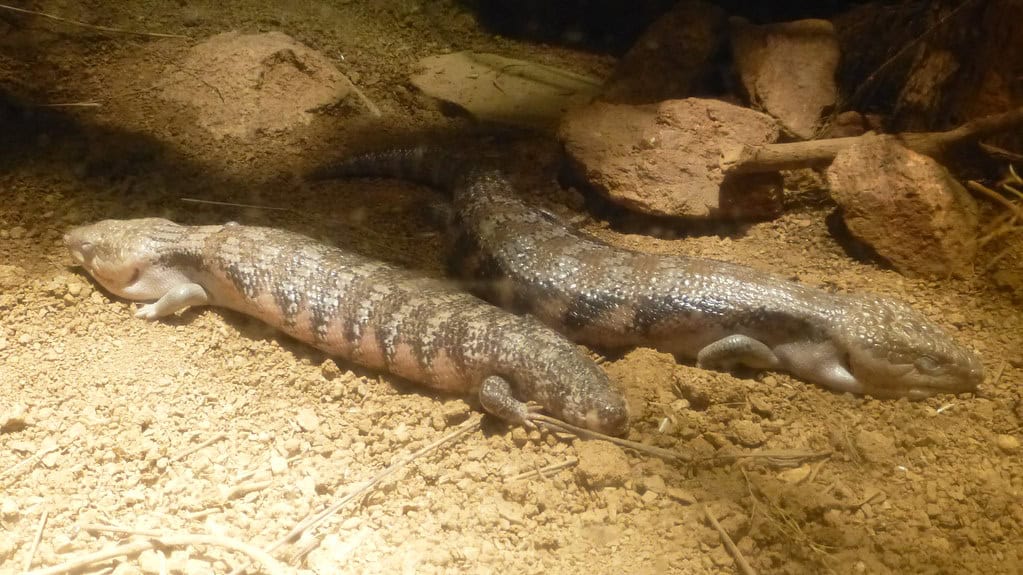
Creating an appropriate habitat is essential for the health and wellbeing of captive blue-tongued skinks. Adult specimens require at minimum a 40-gallon breeder tank or equivalent enclosure (approximately 36″x18″x18″), though larger is always better. The habitat should include a proper thermal gradient, with a basking area of 95-100°F (35-38°C) at one end and cooler temperatures of 75-80°F (24-27°C) at the opposite end, allowing the skink to thermoregulate by moving between different temperature zones. UVB lighting is crucial for calcium metabolism and overall health, with a recommended photoperiod of 10-12 hours daily. Substrate choices should allow for burrowing behavior, with options including chemical-free topsoil, cypress mulch, or reptile-specific bedding products. Avoid sand and cedar substrates, which can cause impaction if ingested or respiratory issues from aromatic oils. The enclosure should include multiple hiding spots to provide security, shallow water dishes for drinking and soaking, and sturdy branches or rocks for climbing and basking. Maintaining proper humidity levels is critical, varying from 40-60% depending on the species, with tropical varieties requiring higher humidity than those from arid regions. Regular cleaning and spot removal of waste are essential to prevent bacterial growth and maintain a healthy environment.
Diet and Nutrition in Captivity
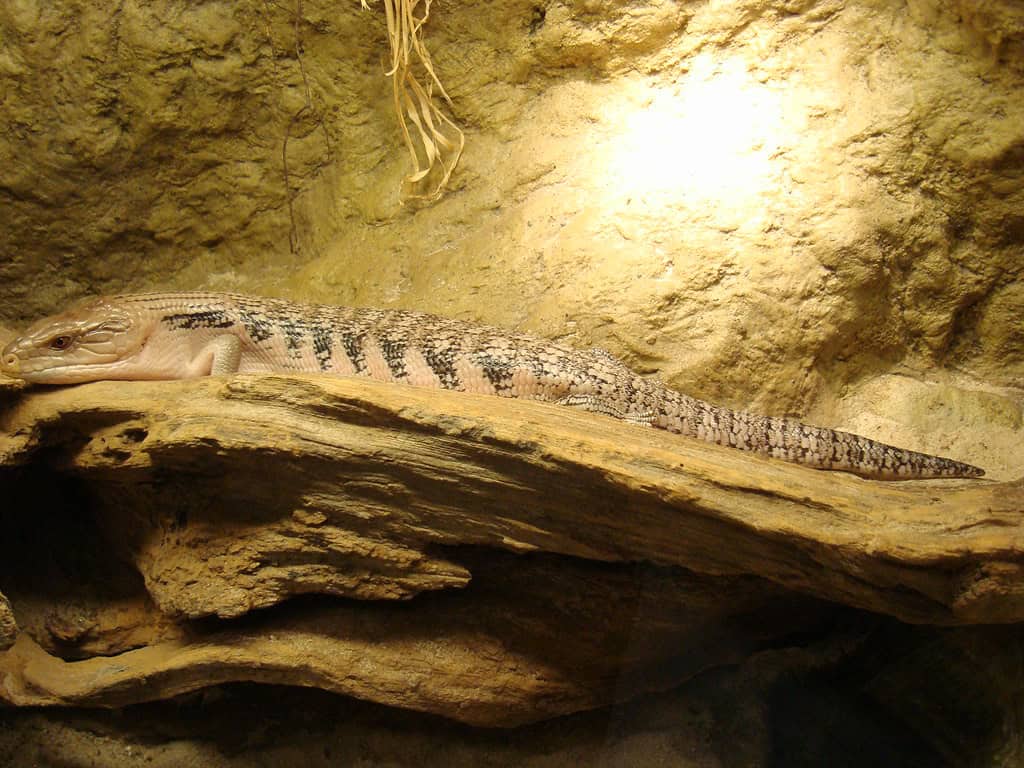
Providing a balanced diet is one of the most critical aspects of blue-tongued skink care. In captivity, these omnivores thrive on a varied diet that mimics their natural feeding habits. A healthy regimen typically consists of 50% plant matter (dark leafy greens, vegetables, and fruits), 40% protein sources (high-quality dog or cat food, commercially prepared reptile foods, insects, and occasionally pinky mice), and 10% appropriate fruits. Calcium supplementation is essential, particularly for growing juveniles and gravid females, with a calcium supplement containing vitamin D3 dusted on food items 2-3 times weekly. Multivitamin supplements should be used more sparingly, typically once weekly, to prevent over-supplementation. Adult skinks generally require feeding every 2-3 days, while juveniles need daily meals to support their rapid growth. Common feeding mistakes include overreliance on high-protein foods, which can lead to obesity and kidney issues, or insufficient variety, which may cause nutritional deficiencies. Fresh water should always be available, and food items should be appropriately sized to prevent choking hazards. This balanced approach to nutrition supports the long-term health of these reptiles and helps prevent many common health problems associated with improper diet.
Health Concerns and Veterinary Care
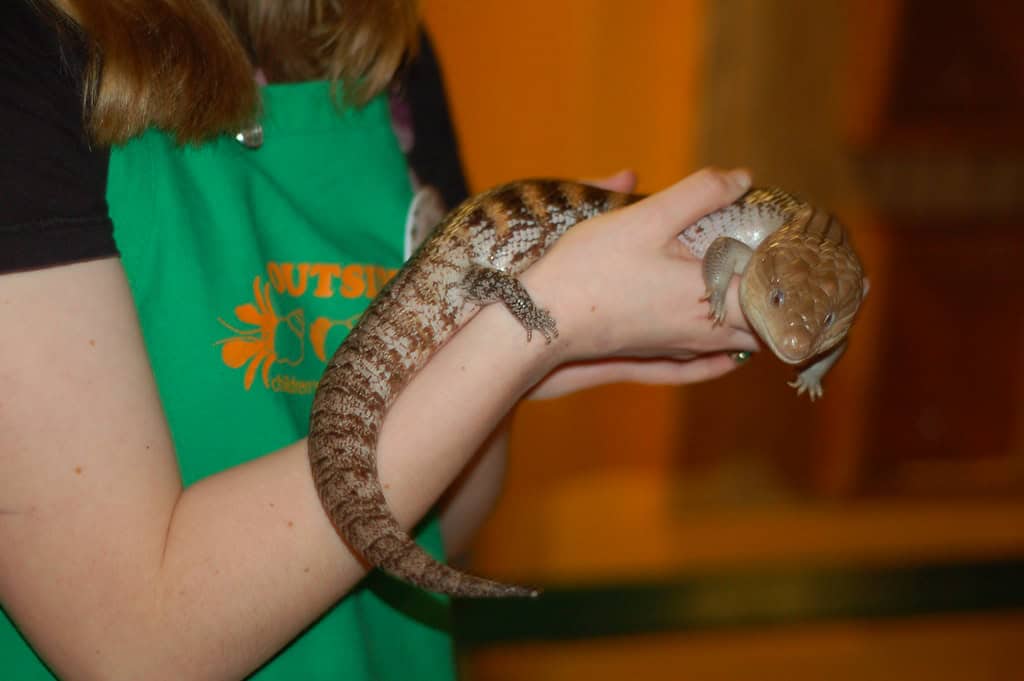
While blue-tongued skinks are generally hardy reptiles, they can experience various health issues, particularly when their husbandry requirements aren’t met. Common health concerns include metabolic bone disease (resulting from calcium deficiency or inadequate UVB exposure), respiratory infections (often due to low temperatures or excessive humidity), parasitic infections (both internal and external), obesity (from overfeeding or insufficient exercise), and various skin conditions. Owners should be vigilant for warning signs including lethargy, loss of appetite, abnormal feces, difficulty moving, labored breathing, or changes in skin condition. Regular veterinary check-ups with an experienced reptile veterinarian are recommended, particularly when first acquiring a skink to establish a baseline of health and screen for parasites. Finding a qualified reptile veterinarian can be challenging in some areas, so prospective owners should research available veterinary care before acquiring a blue-tongued skink. Preventative care, including proper habitat setup, appropriate diet, and regular monitoring of weight and behavior, remains the best approach to maintaining these reptiles’ health over their potentially long lifespans.
Conservation Status and Wild Populations
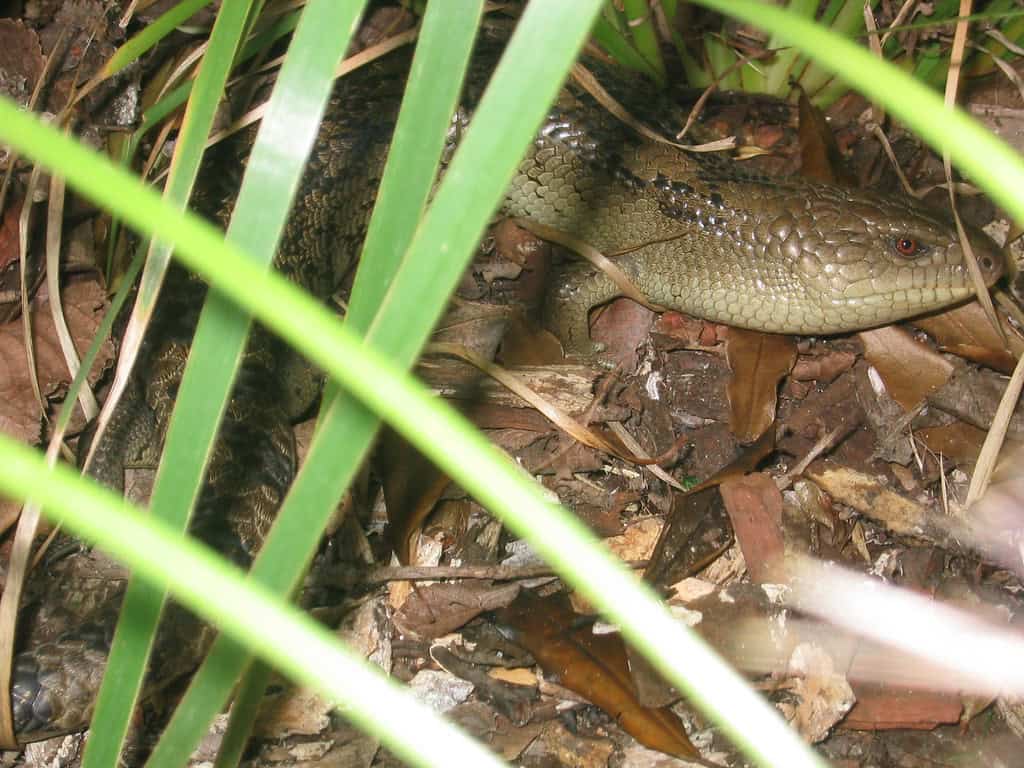
The conservation status of blue-tongued skinks varies by species and location. While they are not currently listed as endangered on the IUCN Red List, various populations face threats from habitat destruction, road mortality, predation by introduced species, and collection for the pet trade. In Australia, all native reptiles, including blue-tongued skinks, are protected by law, and their collection from the wild is strictly regulated or prohibited. The international trade in these reptiles is monitored through CITES (Convention on International Trade in Endangered Species), though regulations vary by species and country of origin. Conservation efforts include habitat preservation, public education about the ecological importance of these reptiles, and breeding programs for the more threatened species and subspecies. Captive breeding efforts have successfully reduced pressure on wild populations for the pet trade, with most blue-tongued skinks now available in the exotic pet market being captive-bred. Wildlife authorities in Australia and neighboring countries continue to monitor wild populations to ensure these iconic reptiles remain a vibrant part of their native ecosystems for generations to come.
Cultural Significance and Human Relationship
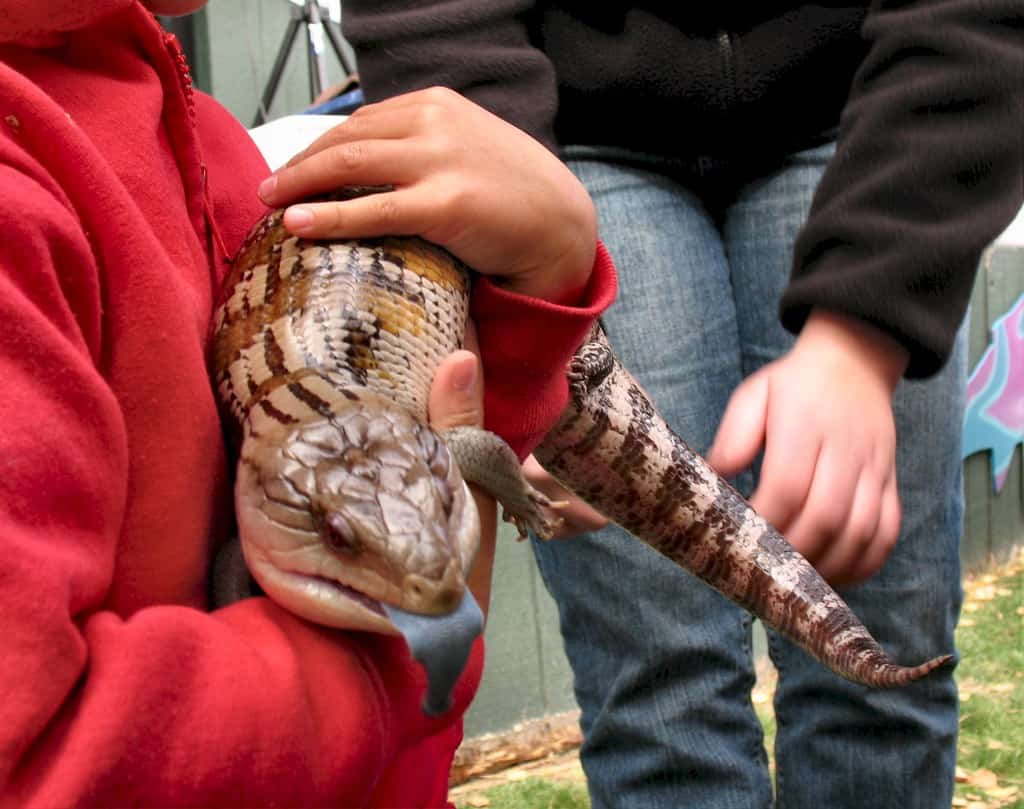
Blue-tongued skinks hold cultural significance in many of their native regions, particularly among indigenous Australian communities. In Aboriginal folklore, these reptiles feature in various Dreamtime stories and are often associated with water sources, fertility, and protection. Their distinctive appearance and relatively docile nature have made them recognizable symbols in environmental education programs across Australia. Unlike many reptiles that inspire fear or aversion, blue-tongued skinks often evoke positive reactions due to their non-threatening appearance and behaviors. In modern times, they have become ambassadors for reptile conservation, frequently featured in zoos, wildlife parks, and educational outreach programs. Their increasing popularity as pets has created a global community of enthusiasts who share information about proper care and breeding techniques. Scientific research on these skinks continues to yield insights into reptile physiology, behavior, and evolution, with particular focus on their advanced reproductive strategies and defensive adaptations. This positive human-reptile relationship demonstrates how distinctive adaptations can shape not only an animal’s ecological role but also its cultural perception and scientific importance.
The blue-tongued skink stands as a remarkable example of nature’s creativity and adaptability, with its vibrant azure tongue serving as both a warning system and a fascinating evolutionary adaptation. These reptiles have successfully colonized diverse habitats across Australia and parts of Oceania, developing specialized behaviors and physical characteristics that enable them to thrive in environments ranging from arid deserts to tropical forests. Their unique combination of docile temperament, manageable size, and striking appearance has endeared them to reptile enthusiasts worldwide, while their complex biology continues to intrigue scientists studying the evolution of defensive strategies and reproductive systems in reptiles. As we continue to learn more about these fascinating creatures, proper education about their care requirements and conservation needs remains essential to ensuring both captive specimens and wild populations flourish for generations to come.
- The World’s Most Poisonous Frog Can Kill Ten Men with One Touch - August 21, 2025
- Why Elephants Mourn Their Dead Just Like Humans Do - August 21, 2025
- Where to Watch Wild Horses Run Free in the U.S. - August 21, 2025

